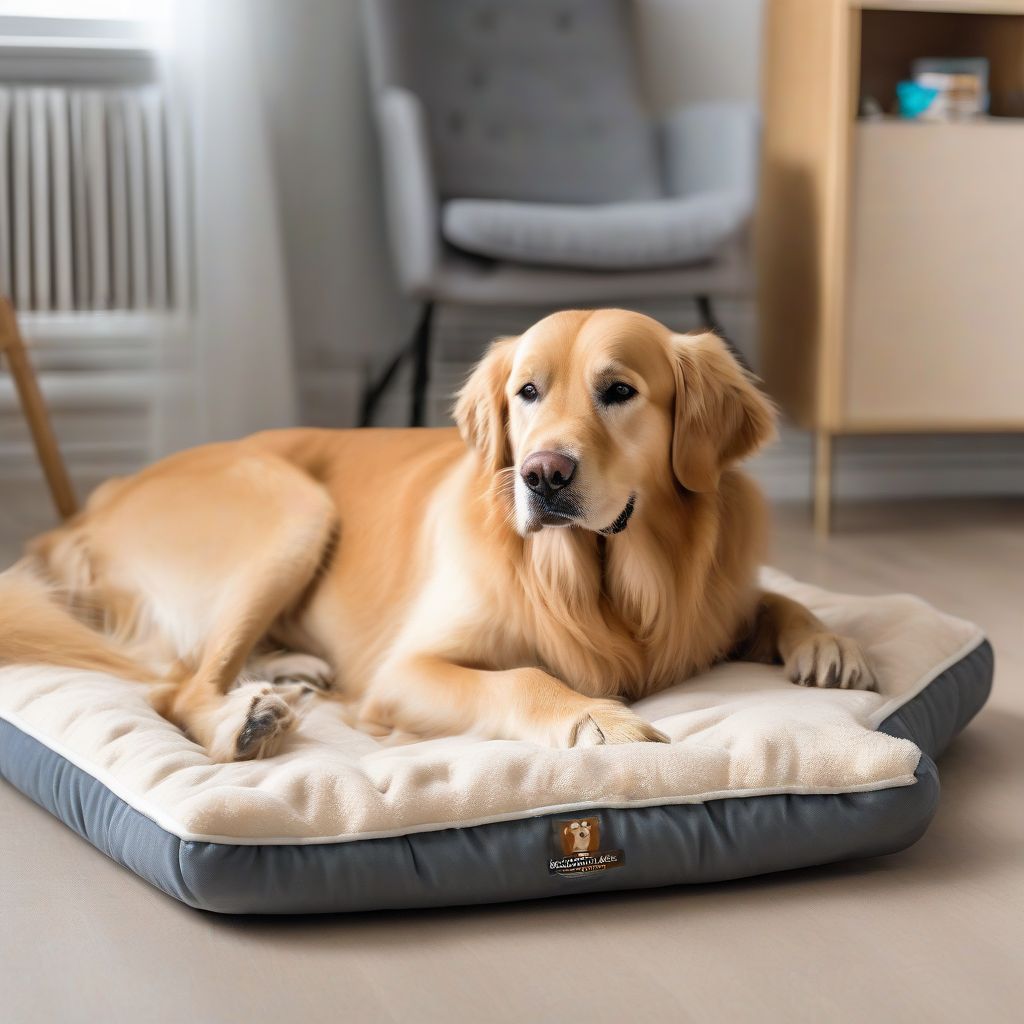Have you ever noticed your furry friend pacing, panting, or hiding during a thunderstorm? Or perhaps they tremble and whine when left alone? Pet anxiety is a common issue, and just like humans, our animal companions can experience fear, stress, and unease. Fortunately, there are many effective ways to help soothe their worries and create a calmer, happier environment for them. This article will explore the best techniques for reducing pet anxiety, providing you with practical strategies to support your beloved companion.
Understanding Pet Anxiety
Before diving into solutions, it’s important to understand what pet anxiety looks like. Signs can vary depending on the pet and the trigger, but common symptoms include:
- Excessive barking or meowing
- Destructive behavior (chewing, scratching)
- House soiling accidents
- Panting, pacing, restlessness
- Excessive grooming or licking
- Changes in appetite
- Clinginess or hiding
Common Triggers of Pet Anxiety
Identifying the underlying cause of your pet’s anxiety is crucial for effective treatment. Common triggers include:
- Loud noises (thunderstorms, fireworks)
- Separation from their owner
- Travel
- Changes in routine
- Veterinary visits
- New people or pets in the home
The Best Techniques for Reducing Pet Anxiety
Now, let’s explore some proven strategies to help ease your pet’s anxiety:
1. Creating a Safe and Predictable Environment
A calm and consistent environment can significantly reduce anxiety. This includes:
- Designated Safe Space: Provide a comfortable den or bed where your pet can retreat when feeling overwhelmed. This could be a crate, a cozy corner, or even a spot under the bed.
- Consistent Routine: Maintain a regular schedule for feeding, walks, and playtime. Predictability helps reduce stress.
- Enrichment Activities: Provide toys, puzzles, and activities to keep your pet mentally stimulated and prevent boredom.
2. Behavior Modification Techniques
These techniques can help your pet learn to associate positive experiences with anxiety-inducing situations:
- Desensitization: Gradually expose your pet to the fear-inducing stimulus at a low intensity, rewarding calm behavior. For example, if your dog is afraid of thunder, play a recording of thunder at a very low volume while offering treats and praise.
- Counter-Conditioning: Pair the anxiety-inducing stimulus with something positive, like a favorite treat or toy. Over time, this helps change your pet’s emotional response to the trigger.
3. Natural Remedies
Several natural remedies can help calm anxious pets:
- Pheromones: Synthetic pheromones mimic the calming scents produced by mother animals and can help reduce anxiety in both dogs and cats. These are available as diffusers, sprays, and collars.
- Calming Supplements: Supplements containing ingredients like L-theanine, chamomile, or melatonin can have a calming effect. Consult with your veterinarian before giving your pet any supplements.
- CBD Oil: CBD oil has shown promise in reducing anxiety in pets, but more research is needed. Discuss CBD oil with your veterinarian to determine if it’s appropriate for your pet.
4. Exercise and Play
Regular exercise is essential for both physical and mental well-being. A tired pet is less likely to be anxious. Engage in activities your pet enjoys, such as walks, fetch, or play sessions.
5. Veterinary Intervention
If your pet’s anxiety is severe or doesn’t respond to other methods, consult your veterinarian. They may recommend medication, such as anti-anxiety drugs, or refer you to a veterinary behaviorist for specialized support.
 Reducing Pet Anxiety
Reducing Pet Anxiety
Creating a Supportive Environment for Anxious Pets
Dr. Sarah Miller, a veterinary behaviorist, emphasizes the importance of patience and understanding when dealing with pet anxiety. “It’s crucial to remember that anxiety is not a sign of disobedience. It’s a real medical condition that requires compassionate care and support,” she explains. In her book, “Easing Your Pet’s Anxieties,” Dr. Miller offers practical advice and step-by-step guidance for pet owners facing this challenge. “Creating a predictable routine and providing a safe haven can make a world of difference for an anxious pet,” she adds. This aligns with the advice given in the renowned “The Anxiety Workbook for Dogs,” which highlights the importance of a structured environment and positive reinforcement techniques.
Conclusion
Pet anxiety can be distressing for both pets and their owners. By understanding the causes and employing the techniques outlined above, you can help your furry friend live a calmer, happier life. Remember to be patient and consistent with your efforts, and don’t hesitate to seek professional help if needed. A calm and supportive environment combined with appropriate strategies can significantly reduce your pet’s anxiety and strengthen the bond you share.
We encourage you to share your experiences and tips for managing pet anxiety in the comments below. What has worked best for your furry friend? Let us know! And if you found this article helpful, please share it with other pet parents who might benefit from these techniques.



